How Common Are Aviation and Plane Crashes (Statistics)
Have you ever wondered how common plane crashes really are?

Plane crashes have always been a source of fear and concern for travelers worldwide. We often hear about them on the news, leading to apprehensions about the safety of air travel. However, it’s essential to look beyond the sensational headlines and understand the true frequency and causes of plane crashes.
In this blog post, we will delve into the statistics and factors surrounding plane crashes to provide a more accurate perspective on how common they really are.
Statistical Insights
The National Transportation Safety Board (NTSB) and the Federal Aviation Administration (FAA) closely monitor aviation safety in the United States. According to their data, the chances of being involved in a plane crash are exceedingly low.
Fatal accidents involving commercial flights are incredibly rare, and the fatal accident rate has steadily declined over the past few decades.
While pilot error, air traffic controller errors, and mechanical errors are often cited as contributors, it’s crucial to recognize that commercial aircraft undergo rigorous safety checks and maintenance.
Over the last year, the chances of a plane crash have remained remarkably low, thanks to the expertise of aviation professionals and advancements in aircraft design. In terms of fatalities, commercial planes have a strong safety record, with fewer serious injuries compared to smaller general aviation aircraft.
Factors like inclement weather, midair collisions, or mechanical problems, while occasionally making headlines, are relatively rare occurrences
Factors at Play
When analyzing the causes of plane crashes, several factors come into play. These factors include weather conditions, human error, mechanical failure, and air traffic controller errors, among others.
While these elements can contribute to accidents, it’s important to remember that commercial airlines are equipped with highly trained flight crews, advanced aircraft designs, and rigorous safety measures to mitigate these risks.
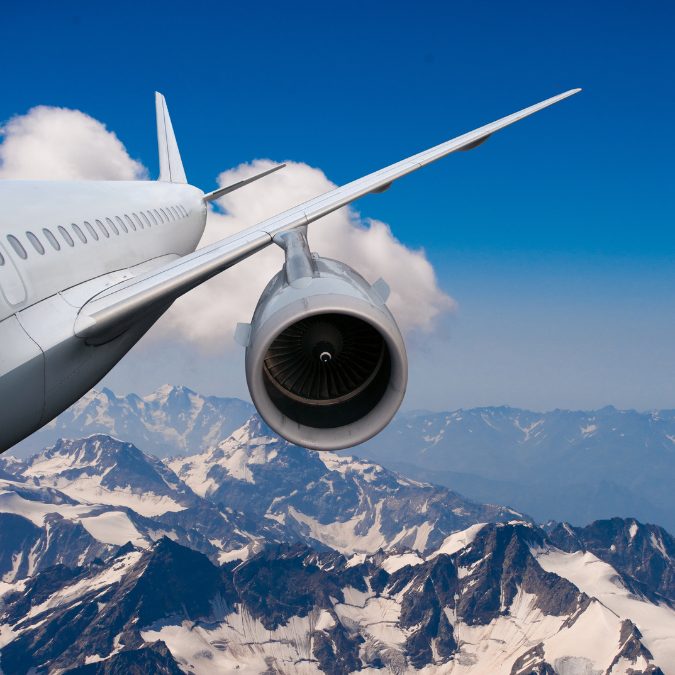
General vs. Commercial Aviation
General aviation aircraft, such as private jets and smaller planes, do have a higher accident rate when compared to commercial airlines.
However, it’s crucial to note that these accidents typically result in fewer fatalities due to the smaller number of passengers on board.
The Good News: Improvements in Safety
The aviation industry is dedicated to enhancing safety continuously. Aircraft designs are continually improving, flight crews undergo rigorous training, and maintenance standards are incredibly high.
These efforts have led to significant improvements in aviation safety over the past decade.
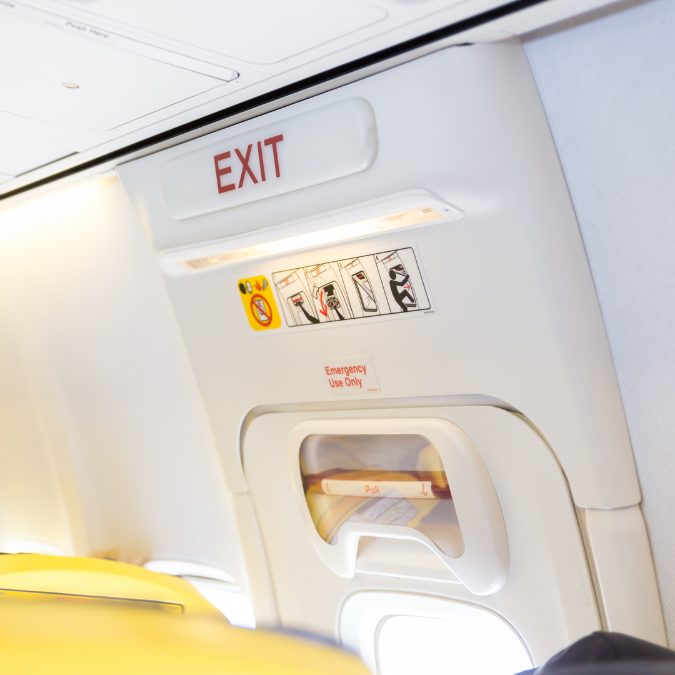
Is It Safer To Fly At Night Or Day?
Whether it’s safer to fly at night or during the daytime depends on various factors. Both day and night flights have their unique challenges and advantages. During the day, visibility is typically better, making it easier for pilots to navigate and spot potential hazards.
Additionally, daytime flights often encounter less turbulence, providing a smoother ride for passengers. On the other hand, flying at night can offer quieter skies with less air traffic, reducing the risk of mid-air collisions.
Modern aircraft are equipped with advanced navigation systems and lighting technology, making night flights safe and routine. Ultimately, the safety of a flight, regardless of the time, relies on the expertise of the flight crew, maintenance standards, and adherence to safety protocols rather than the time of day.
Cars Are More Dangerous than Airplanes
Many individuals who experience a fear of flying often opt for car travel without hesitation. Nevertheless, research conducted by the National Highway Traffic Safety Administration (NHTSA) indicates that this choice carries a higher level of risk. In 2022, NHTSA’s estimates show that a staggering 42,795 Americans lost their lives in car accidents.
Conversely, according to data from the International Air Transport Association (IATA), there was only one fatal plane crash in the United States during the same year, resulting in the tragic loss of ten lives.
This striking contrast underscores that in 2022, for every individual who lost their life in a commercial plane crash, approximately 4,280 people lost their lives in motor vehicle accidents.
The Reality of Plane Crashes
Plane crashes, especially involving commercial airlines, are relatively rare events in the United States and worldwide. In fact, they are so infrequent that they garner significant attention when they do occur.
The aviation industry, together with rigorous oversight from organizations like the Federal Aviation Administration (FAA) and the National Transportation Safety Board (NTSB), prioritizes safety above all else. With advanced aircraft designs, highly trained flight crews, and stringent safety measures, flying remains one of the safest means of transportation.
While accidents can and do happen, the odds of being involved in a plane crash are exceedingly low compared to other everyday risks we encounter in our lives. Understanding this reality can help put travelers at ease and provide a more balanced perspective on the safety of air travel.
To put things into perspective, let’s take a closer look at some key data and factors related to plane crashes.
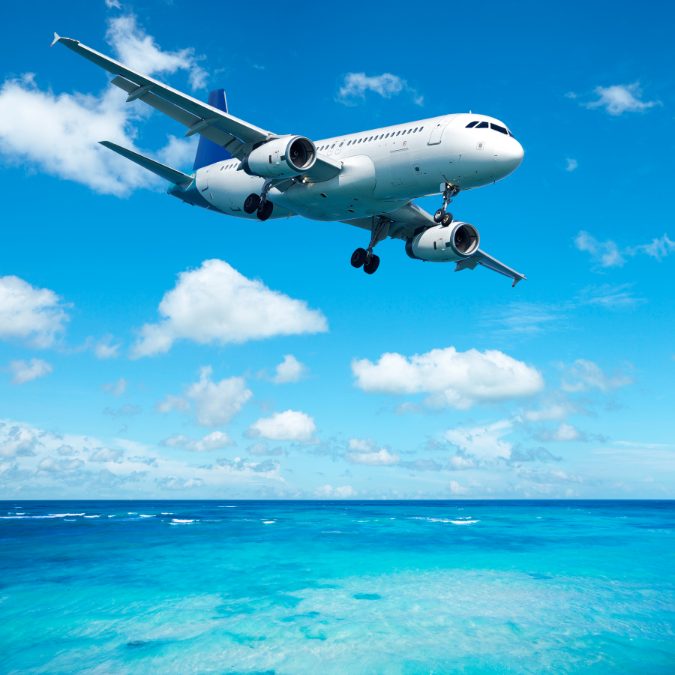
Putting the Odds in Perspective
To give you a sense of perspective, your chances of being involved in a plane crash are far lower than your chances of being in a car crash. While plane crashes receive more attention due to their catastrophic nature, the overall risk of death in a car crash is statistically higher.
According to statistics, human error is a contributing factor in as many as 80 percent of aviation accidents. The most critical phases, such as takeoff and landing and the periods immediately before and after them, are particularly susceptible to mishaps.
Pilot error is believed to be responsible for approximately 53% of aircraft accidents, with mechanical failure (21%) and adverse weather conditions (11%) ranking as the subsequent leading causes.
So How Common Are Aviation And Plane Crashes?
There are approximately 28.3 commercial plane accidents reported on a global scale each year. According to official statistics, a commercial plane crash occurs roughly every 16.7 million flights.
To put this into perspective, this translates to only 0.06 plane crashes for every 1,000,000 flights. This data was last updated on August 28, 2023.
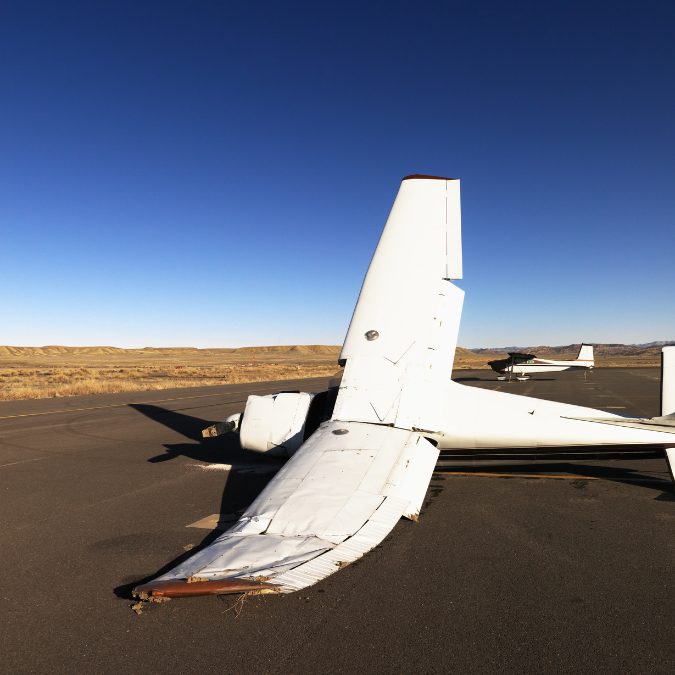
FAQ
When Do Most Plane Crashes Occur?
Analyzing historical aviation crash data highlights a clear fact: the phases of landing and takeoff pose the greatest complexity in any flight. Almost half of the aviation accidents we examined, spanning from 1983 to 2019, occurred during either the landing or takeoff processes.
These stages impose substantial demands on both airline crews and ground teams. The challenging blend of frequent aircraft configuration adjustments, the need for precise navigation, communication with Air Traffic Control, and the necessity to monitor continually shifting weather conditions elevates the likelihood of unforeseen events, occasionally resulting in accidents.
What Is The #1 Cause Of Plane Crashes?
The leading cause of aviation accidents stems from errors made by pilots. Successfully operating an aircraft demands extensive training, a deep understanding of the mechanical intricacies of the plane, and proficient hand-eye coordination to navigate safely.
Additionally, pilots must engage in forward-thinking to anticipate and manage potential challenges during flight.
Where Do Most Plane Crashes Occur?
Most airplane crashes tend to occur during the critical phases of flight, specifically during takeoff and landing. These stages are characterized by a higher level of complexity and demand greater precision from the flight crew.
Roughly half of all aviation accidents take place during these crucial moments. Additionally, aviation accidents can happen during other phases of flight, such as cruising, but they are comparatively rarer.
Factors contributing to accidents during takeoff and landing include rapid changes in aircraft configuration, the need for precise navigation, communication with air traffic control, and vigilance regarding ever-changing weather conditions. These circumstances collectively create a challenging environment, increasing the potential for unforeseen events that can lead to crashes.
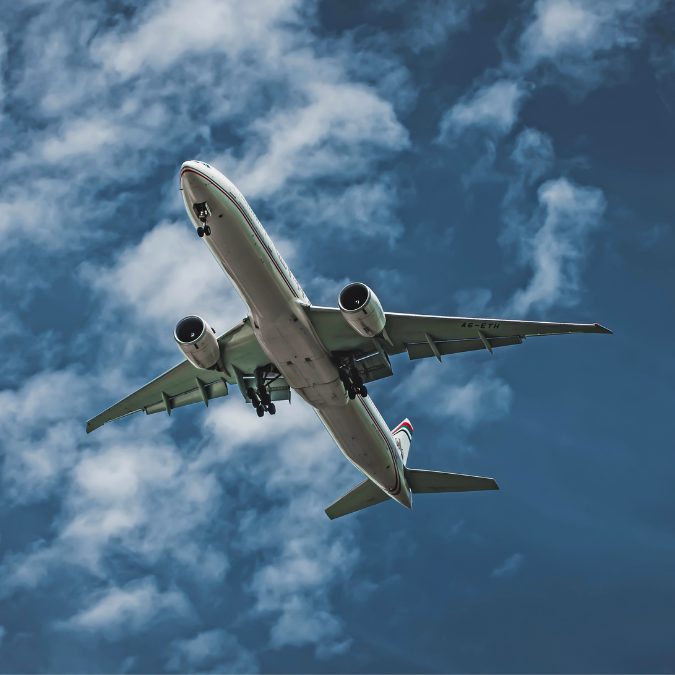
How Do I Cure My Flight Anxiety?
Curing a fear of flying is an attainable goal, often achieved through a combination of strategies and techniques. First and foremost, education plays a crucial role; understanding how aviation works, the safety protocols in place, and the statistics of safe flights can alleviate anxiety.
Gradual exposure to flying, starting with short and less anxiety-inducing flights, can help desensitize fear. Breathing exercises and mindfulness techniques can be effective in managing in-flight anxiety. Seeking support from professionals, such as therapists or counselors specializing in anxiety and phobias, can provide tailored guidance and coping mechanisms.
Additionally, some individuals find success with medications prescribed by medical professionals to reduce anxiety during flights. Ultimately, conquering a fear of flying is a personal journey, and the right approach may vary from one person to another.
In the end plane crashes are not that common so take a breath and realize you are most likely safe.
Are Shorter Flights Safer Then Longer Flights?
The safety of a flight is not inherently determined by its duration, whether it’s a shorter or longer flight. The primary factors influencing flight safety are rigorous training and adherence to strict safety protocols by both the flight crew and ground personnel, regardless of flight length.
Shorter flights typically involve takeoff and landing, which are considered more critical phases, and thus have a slightly higher concentration of aviation incidents. However, modern aircraft are designed to handle extended periods of flight safely.
Longer flights involve additional considerations like fuel management and passenger comfort, which airlines carefully address. Overall, safety in aviation is about comprehensive procedures, maintenance, and crew competency, rather than the length of the flight.
What Percentage Of Planes Crash Per Year?
The overall accident rate stood at 1.21 per million sectors, marking a decrease when compared to the 1.26 accident rate observed during the five-year period from 2018 to 2022. However, it represented a slight increase from the 1.13 accidents per million sectors reported in 2021.
In terms of fatality risk, there was a notable improvement, with the risk declining to 0.11, down from 0.23 in 2021 and 0.13 over the five-year span from 2018 to 2022.
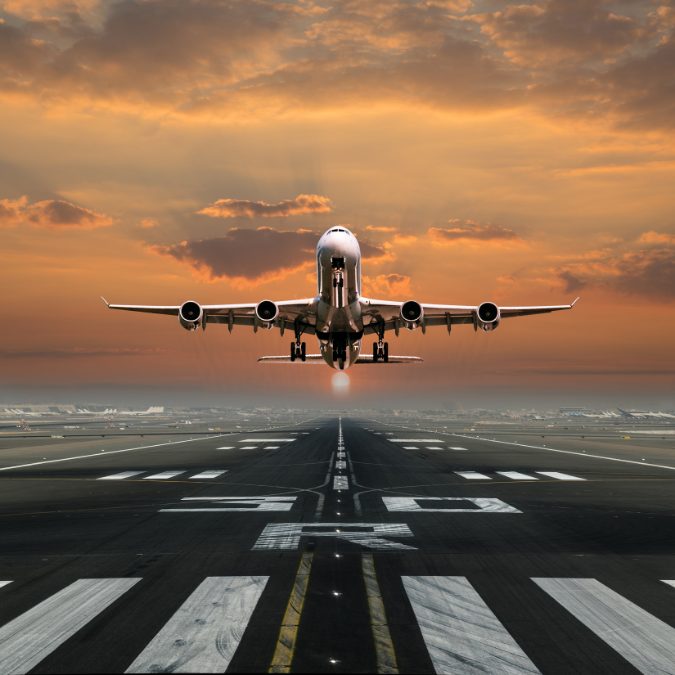
Conclusion to how common are plane crashes?
In conclusion, while plane crashes are tragic events that capture headlines and provoke fear, it’s essential to understand the statistical reality. The aviation industry, along with various aviation authorities, works tirelessly to ensure the safety of air travel.
Fatal accidents involving commercial airlines are exceptionally rare, and flying remains one of the safest means of transportation.
It’s crucial to base our perceptions on facts and data rather than fear-driven narratives. While accidents can and do happen, the odds of being involved in a plane crash are minimal. So, the next time you board a flight, remember that the aviation industry is committed to your safety, and air travel remains a reliable and secure mode of transportation.






